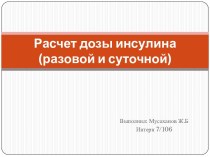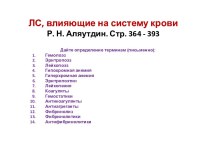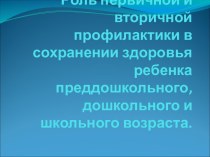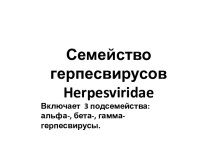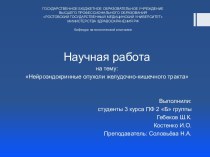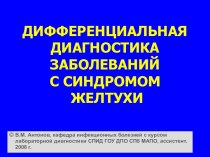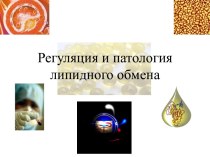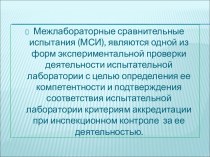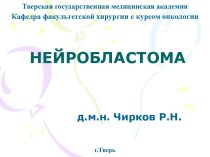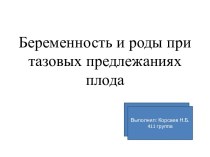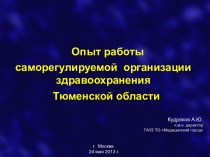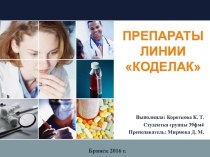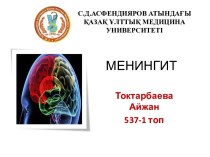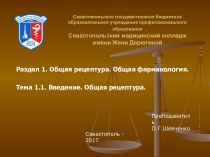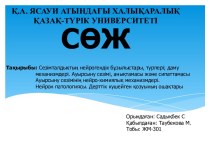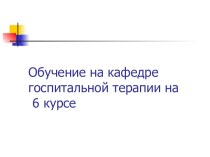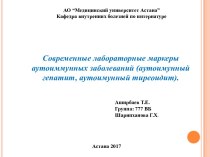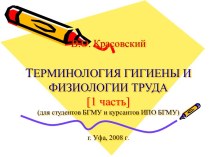- Главная
- Разное
- Бизнес и предпринимательство
- Образование
- Развлечения
- Государство
- Спорт
- Графика
- Культурология
- Еда и кулинария
- Лингвистика
- Религиоведение
- Черчение
- Физкультура
- ИЗО
- Психология
- Социология
- Английский язык
- Астрономия
- Алгебра
- Биология
- География
- Геометрия
- Детские презентации
- Информатика
- История
- Литература
- Маркетинг
- Математика
- Медицина
- Менеджмент
- Музыка
- МХК
- Немецкий язык
- ОБЖ
- Обществознание
- Окружающий мир
- Педагогика
- Русский язык
- Технология
- Физика
- Философия
- Химия
- Шаблоны, картинки для презентаций
- Экология
- Экономика
- Юриспруденция
Что такое findslide.org?
FindSlide.org - это сайт презентаций, докладов, шаблонов в формате PowerPoint.
Обратная связь
Email: Нажмите что бы посмотреть
Презентация на тему Antidepressants
Содержание
- 2. AntidepressantsProf. Anatoly Kreinin MD, PhDDirector of University
- 3. Antidepressants are the second- most-prescribed-medication in the
- 4. Antidepressant are use for the treatment of
- 5. Depression is not uniform. Everyone does not
- 6. AntidepressantsTricyclic and related antidepressants (TCA)E.g. amitriptyline, imipramine,
- 7. Tricyclic and related antidepressants (TCA)Amitriptyline (Saroten®)Clomipramine (Anafranil®)Doxepin (Sinequan®)Imipramine (Tofranil®)Mianserin (Tolvon®)Nortriptyline (Nortrilen®)Trazodone (Trittico®)
- 10. Tricyclic and related antidepressants (TCA)Mechanism of actionBlocks
- 11. Antidepressant treatment causes inhibition of serotonin and
- 12. Down&Up-regulation’s Normal synapse, no depressionDepression caused by neurotransmitter deficiency
- 13. Down&Up-regulation’s As a result of the depletion
- 14. SSRI blocks the reuptake pump, causing more
- 15. Tricyclic and related antidepressants (TCA)PropertiesInexpensive, genericSome with
- 17. Tricyclic and related antidepressants (TCA)Adverse effectsOrthostatic hypotensionReduced
- 18. Tricyclic and related antidepressants (TCA)Adverse effectsCardiac toxicityArrhythmias
- 19. Tricyclic and related antidepressants (TCA)Drug interactionsCNS depressantsNarcotics, benzodiazepinesAdditive CNS depressionAnticholinergicsAdditive anticholinergic effectsP450 enzyme inducers/inhibitors
- 20. Monoamine-oxidase inhibitors (MAOI)Moclobemide (Aurorix®) (RIMAs - Reversible Inhibitors of Monoamine Oxidase)PhenelzineIsocarboxazidTranylcypromine
- 21. Monoamine-oxidase inhibitors (MAOI) Mechanism of actionInhibit both MAO-A and MAO-BPhenelzine, tranylcypromineSelective & reversible inhibitor of MAO-AMoclobemide
- 22. Monoamine-oxidase inhibitors (MAOI)PropertiesUseful in atypical depression (somnolence
- 23. Monoamine-oxidase inhibitors (MAOI)PropertiesDrug interactionsOther antidepressants should not
- 24. Monoamine-oxidase inhibitors (MAOI)Adverse effectsHypertensive crisisSevere occipital headache,
- 25. Monoamine-oxidase inhibitors (MAOI)Adverse effectsHypertensive crisisSevere occipital headache,
- 26. Monoamine-oxidase inhibitors (MAOI)Adverse effectsOrthostatic hypotensionInsomniaWeight gainSexual dysfunction
- 27. Selective serotonin reuptake inhibitors (SSRI)Fluoxetine (Prozac®)Fluvoxamine (Faverin®)Paroxetine (Seroxat®)Sertraline (Zoloft®)Citalopram (Cipram®)Escitalopram (Lexapro®)
- 28. Selective serotonin reuptake inhibitors (SSRI)Mechanism of actionInhibits
- 31. Selective serotonin reuptake inhibitors (SSRI)PropertiesOverdose less likely
- 32. Selective serotonin reuptake inhibitors (SSRI)PropertiesFluoxetineMost stimulating SSRIIndicated
- 33. Selective serotonin reuptake inhibitors (SSRI)Adverse effectsHeadacheGINausea, diarrhoea,
- 34. Selective serotonin reuptake inhibitors (SSRI)Adverse effectsSomnolence or
- 35. Selective serotonin reuptake inhibitors (SSRI)Adverse effectsSerotonergic syndromeAetiology
- 37. Serotonin norepinephrine reuptake inhibitor (SNRI)Duloxetine (Cymbalta®)Venlafaxine (Efexor®,
- 39. Serotonin norepinephrine reuptake inhibitor (SNRI)Venlafaxine (Efexor®, Efexor
- 40. Serotonin norepinephrine reuptake inhibitor (SNRI)Duloxetine (Cymbalta®)Properties and
- 41. Mixed serotonin norepinephrine effectsMirtazapine (Mirtazon®, Remeron®, Remeron
- 43. Mixed serotonin norepinephrine effectsMirtazapine (Mirtazon®, Remeron®, Remeron
- 44. Norepinephrine dopamine reuptake inhibitor (NDRI)Bupropion (Wellbutrin SR®)Mechanism
- 46. Norepinephrine dopamine reuptake inhibitor (NDRI)Bupropion (Wellbutrin SR®)Properties
- 47. Other antidepressantsFlupenthixol (Fluanxol®)Typical antipsychoticAntidepressant effect at low
- 48. Trivedi MH et al, Am J
- 49. Antidepressants in depressionChoice of agentsAll are equally
- 50. Antidepressants in depressionGeriatricsReduce initial dose by halfGradual
- 51. Antidepressants in depressionTreatment responseWeeks 1-2Physical responsesImprovement in
- 52. Antidepressants in depressionContinuation therapyTo prevent relapse4-9 months
- 53. Antidepressant DiscontinuationNeuroDizziness / confusionagitation or anxiety,tremorsensory disturbances
- 54. SSRI side effectsSexual A. Anorgasmia or delayed
- 55. Pregnancy and TCAs
- 56. Risks of SSRIs and Pregnancy
- 57. Risks of SSRIs and Pregnancy
- 58. Non-antidepressants in depressionAnxiolyticsAntipsychoticsUse may mask the true
- 59. Скачать презентацию
- 60. Похожие презентации
AntidepressantsProf. Anatoly Kreinin MD, PhDDirector of University Psychiatric Department, Maale Carmel Mental Health Center, Affiliated to Bruce Rappaport Medical Faculty, Technion, Haifa, Israel

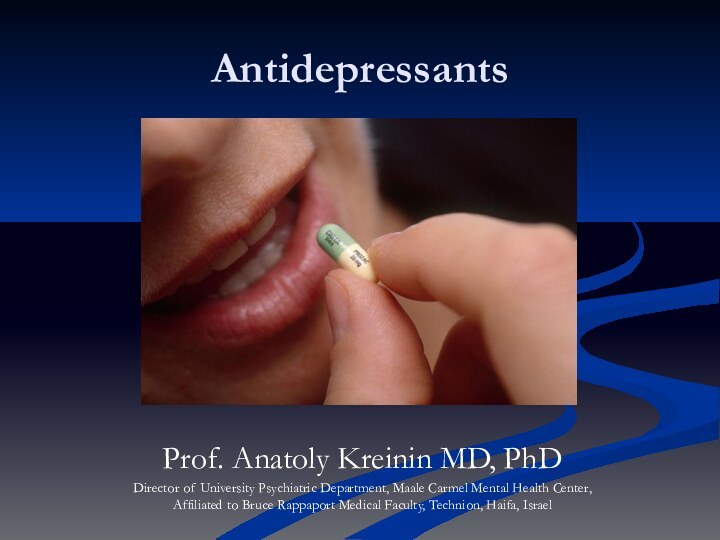
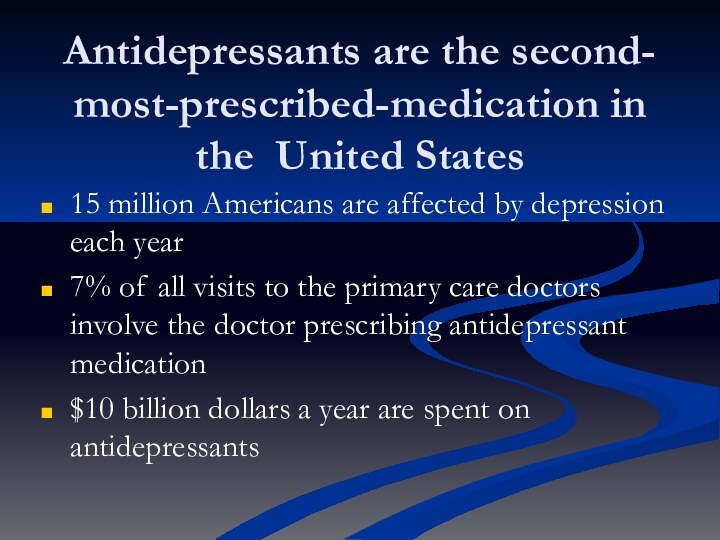

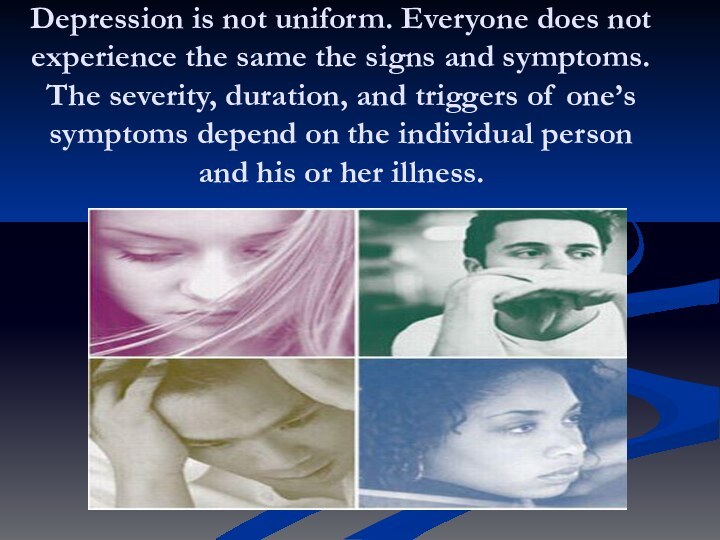
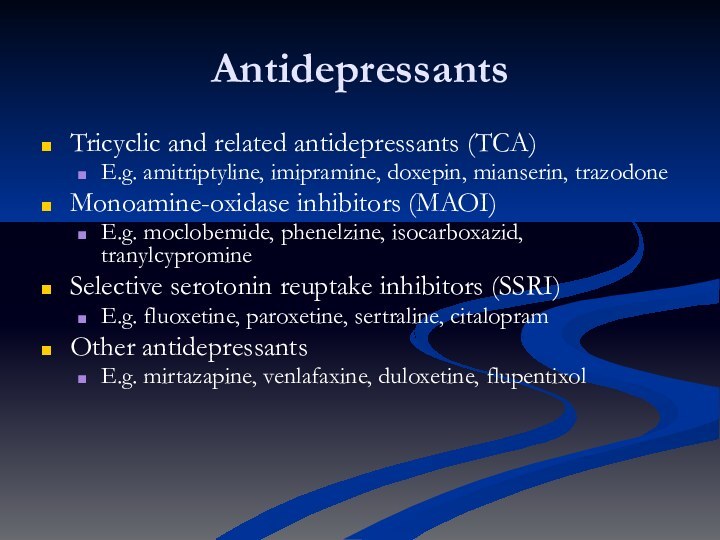
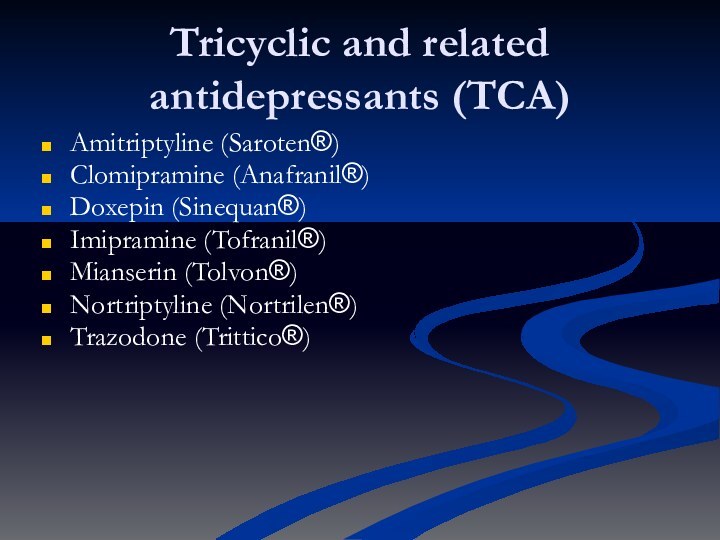
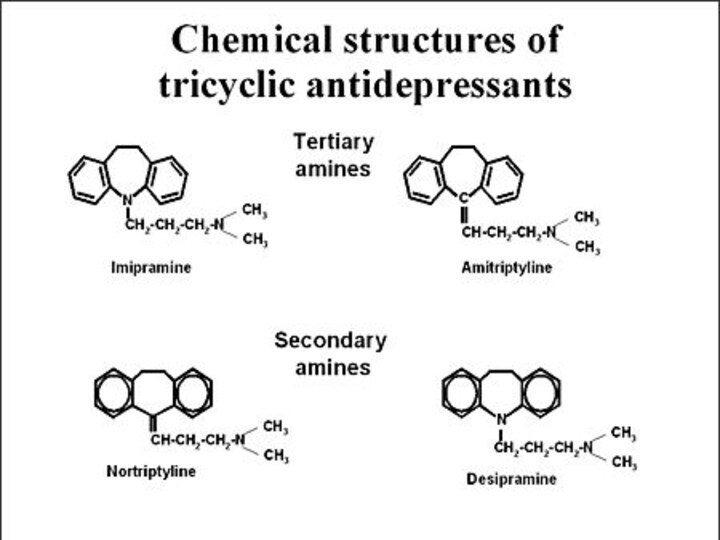
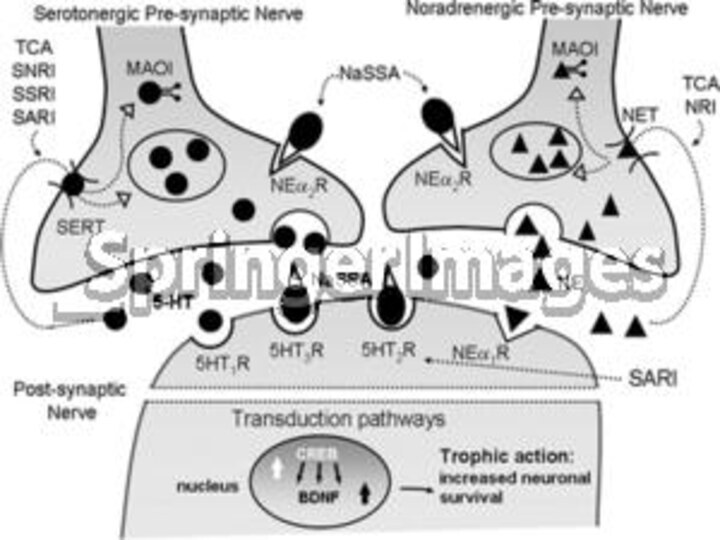
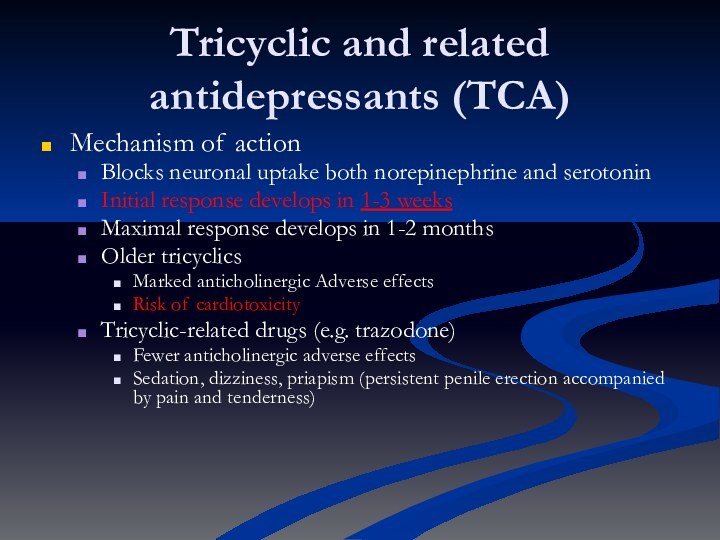

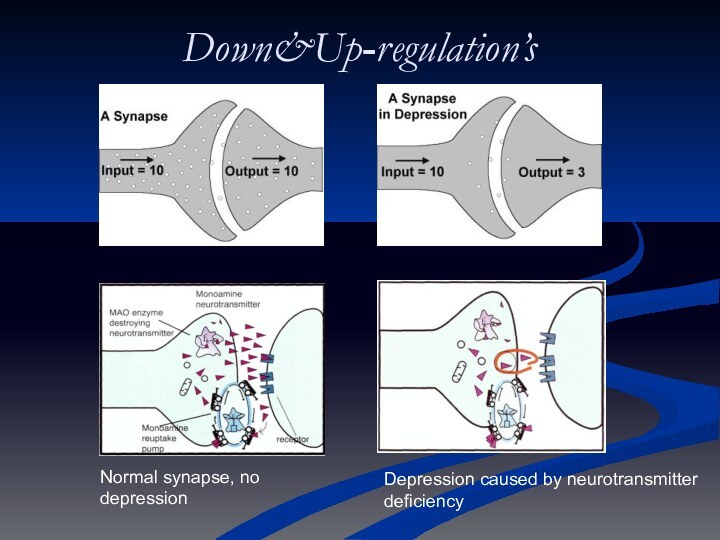
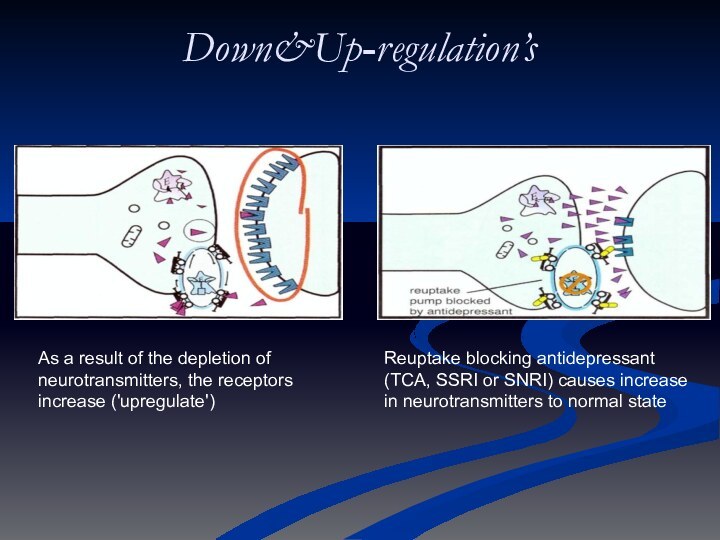
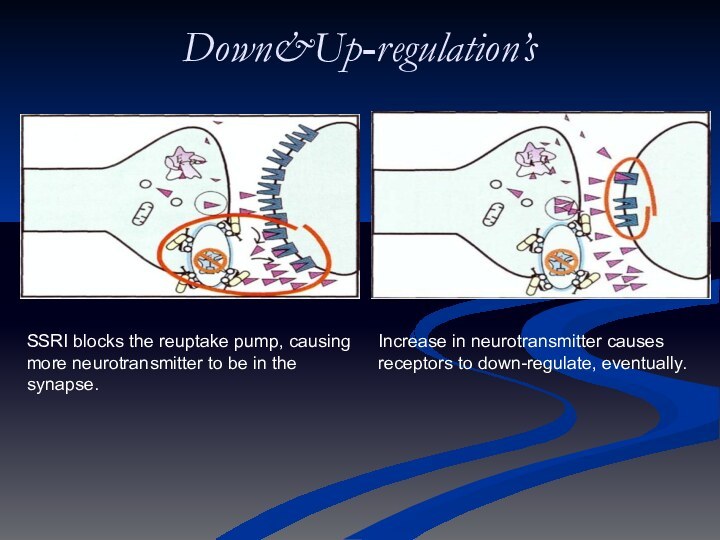
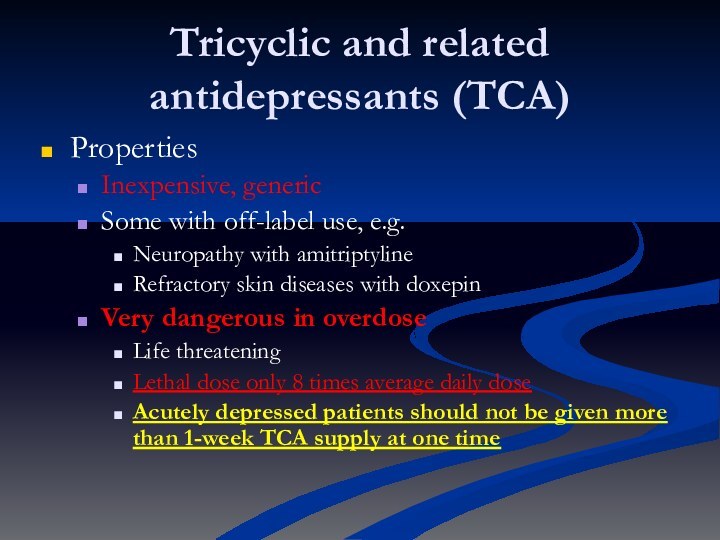

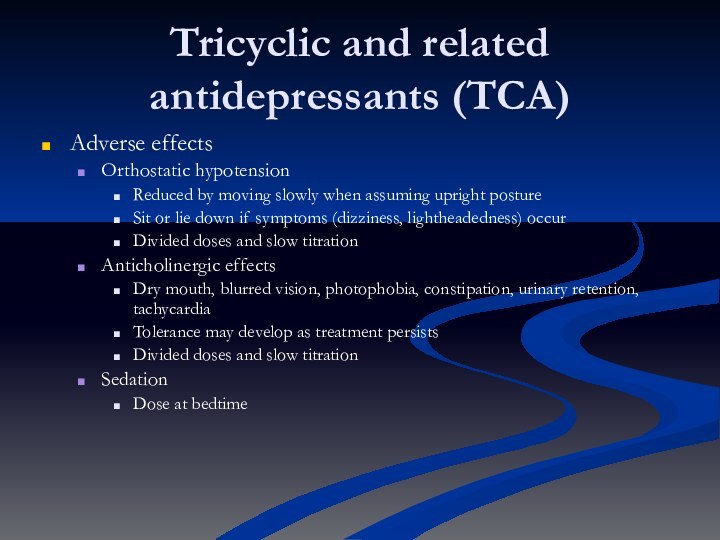
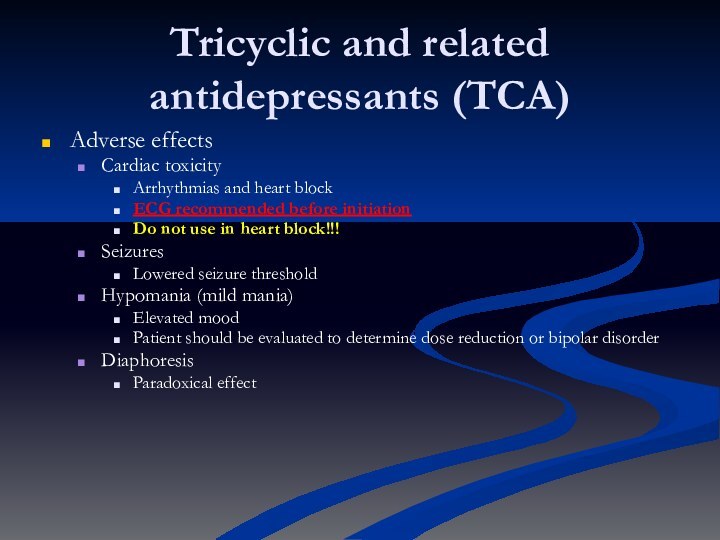
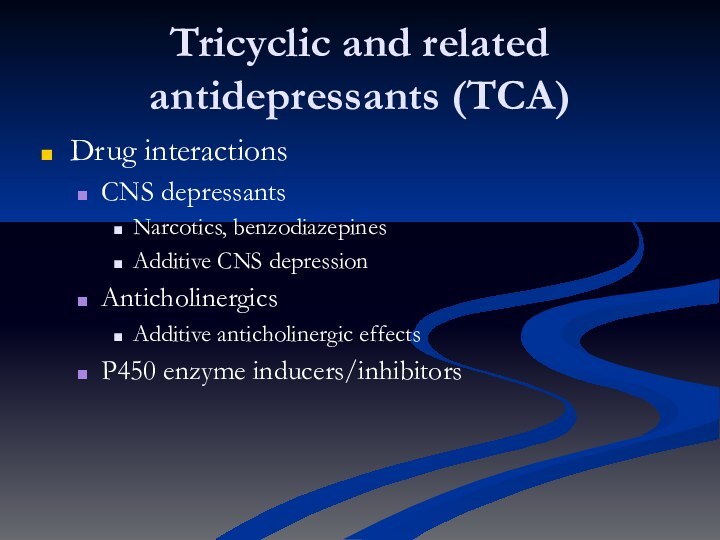
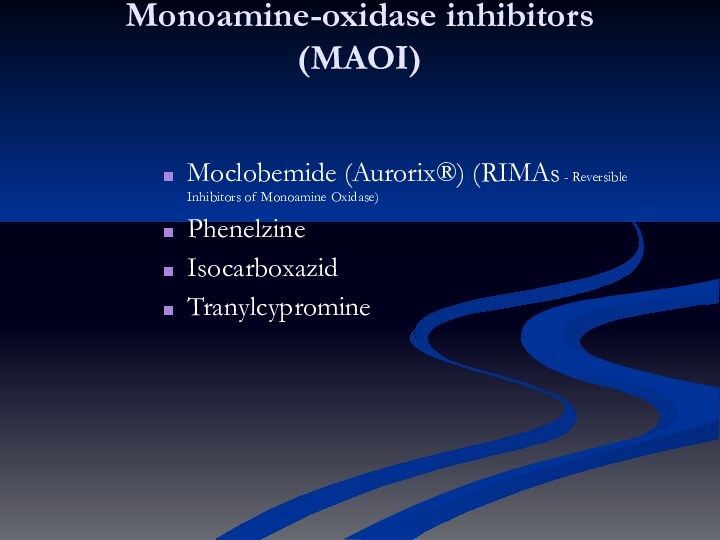
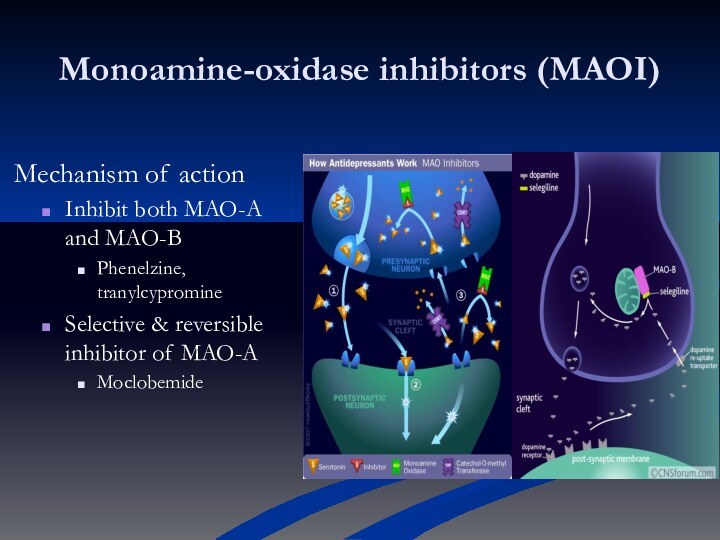
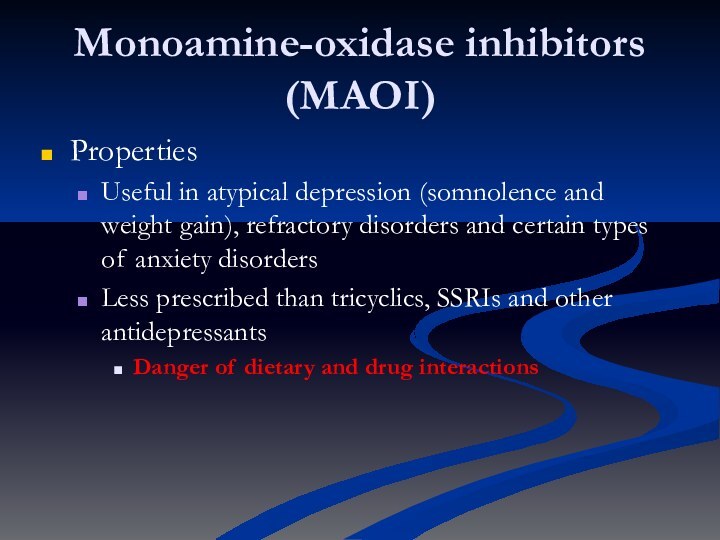
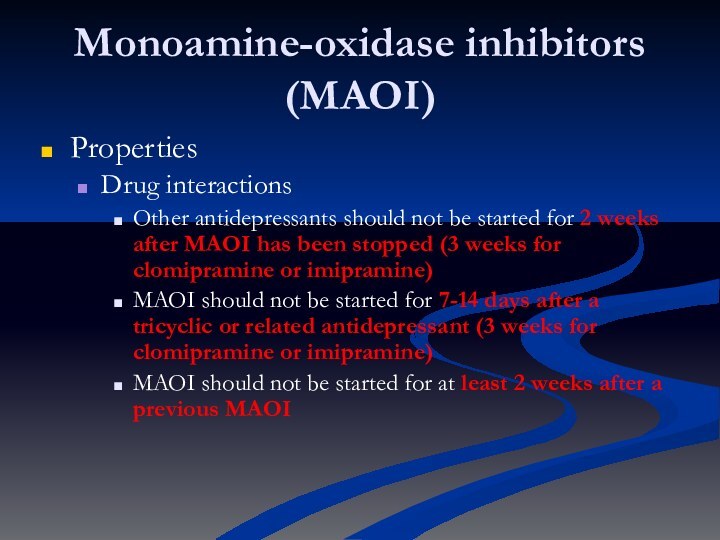
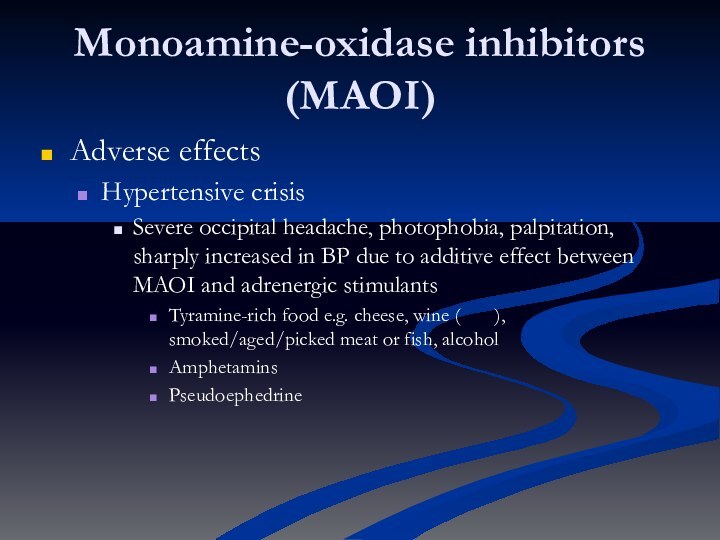
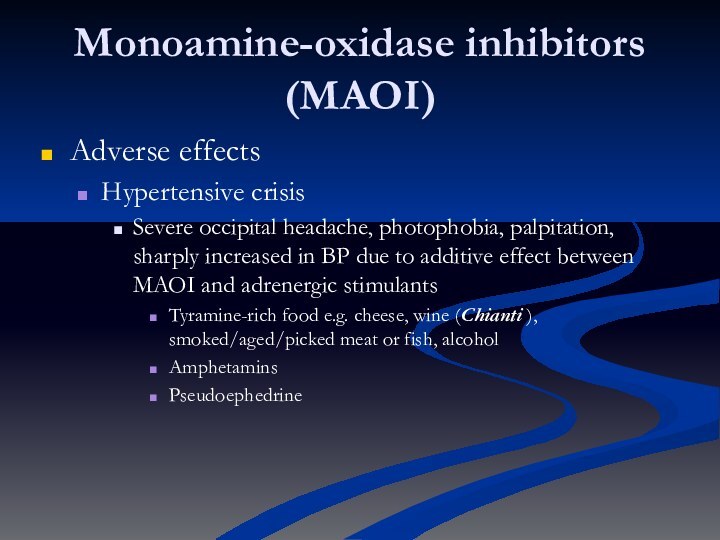

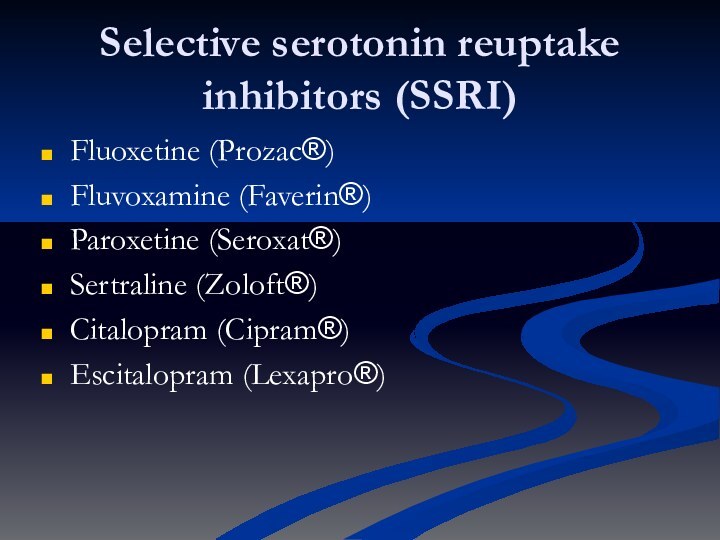
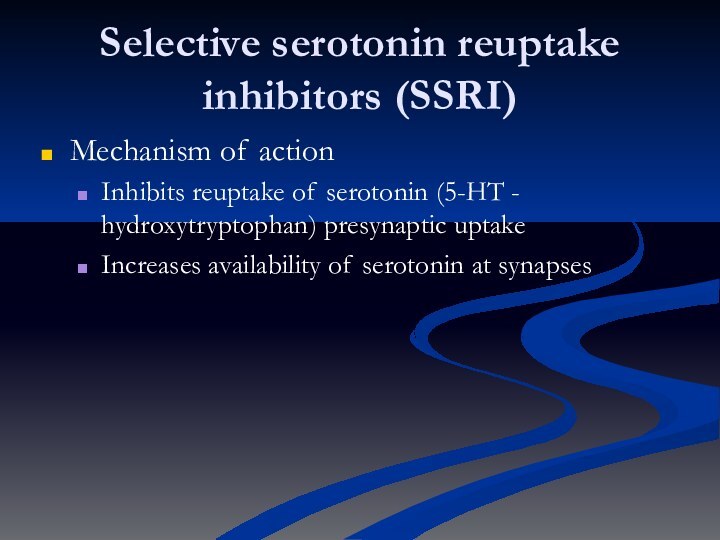
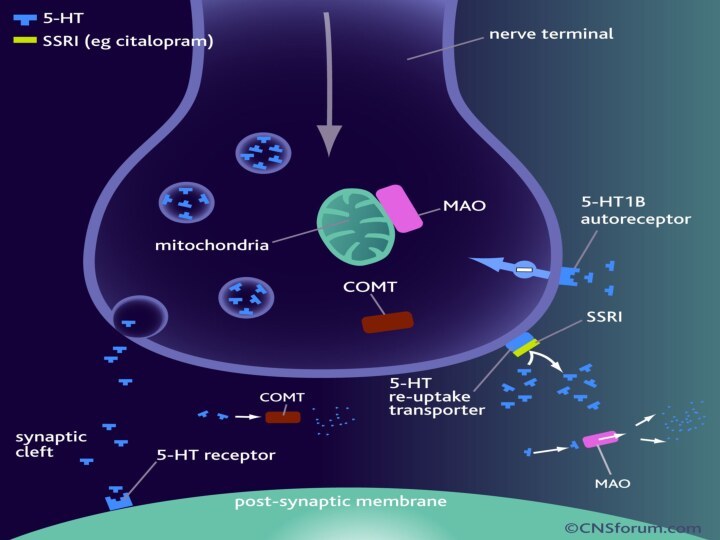
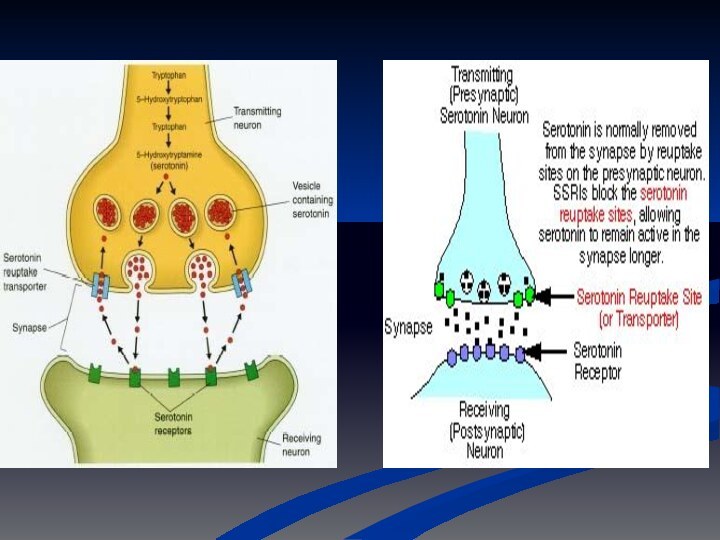
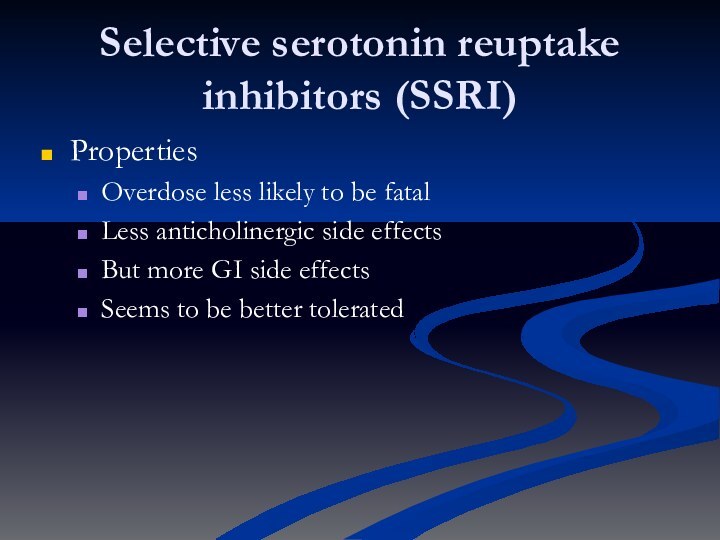

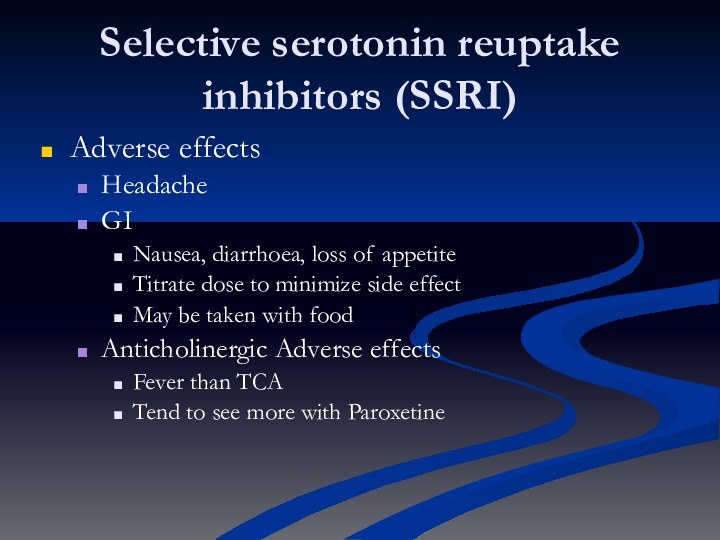
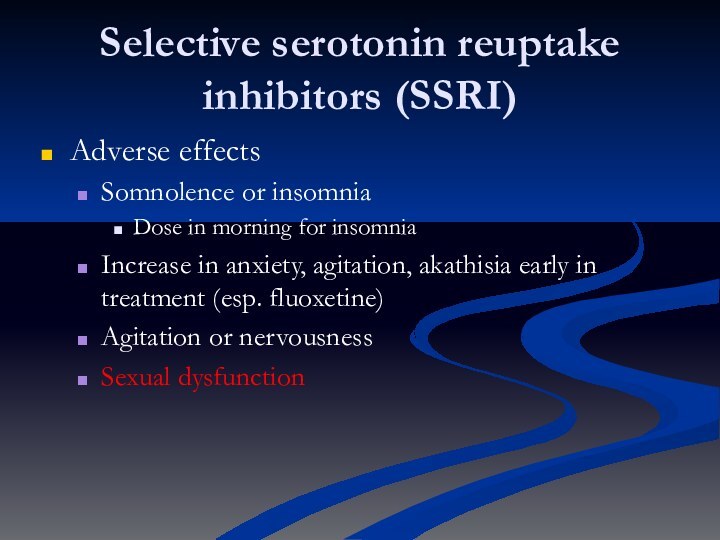
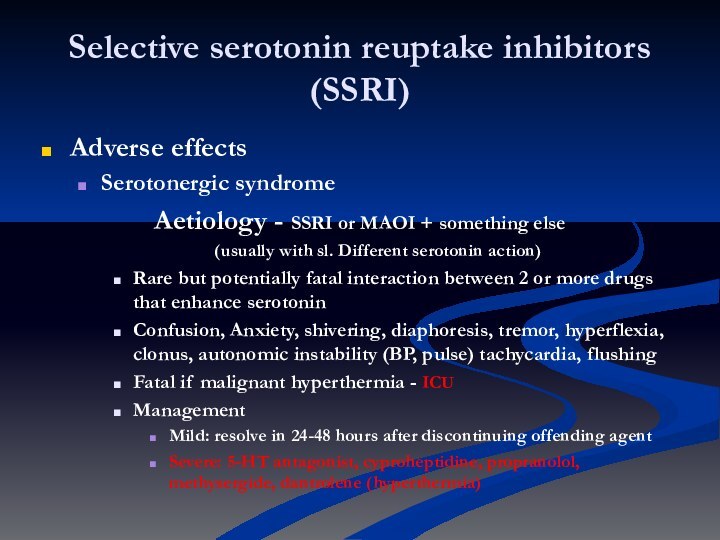
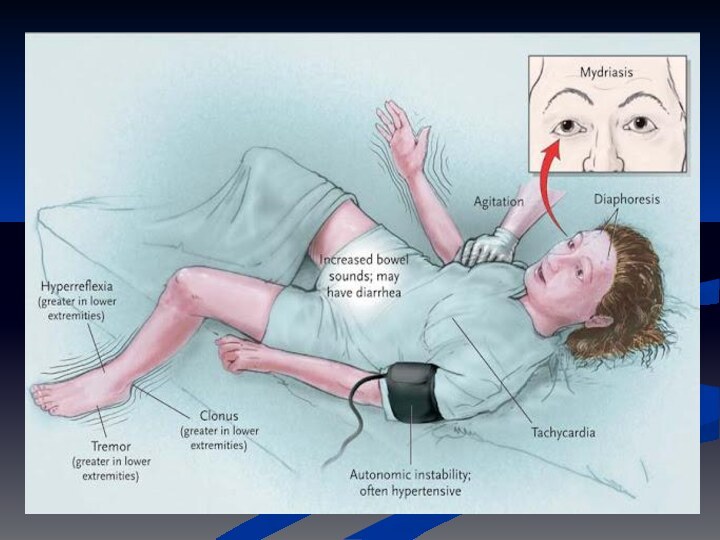
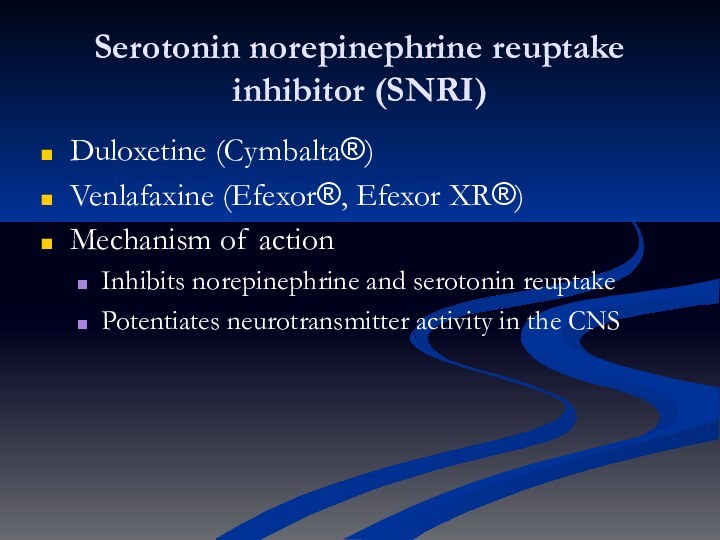
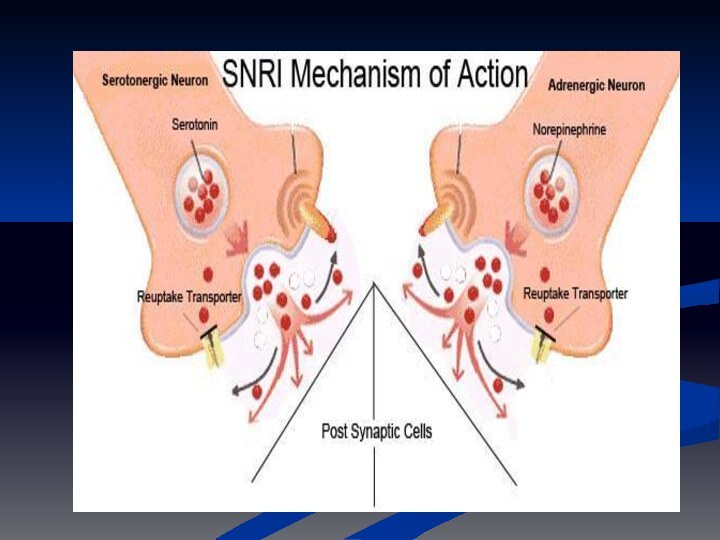
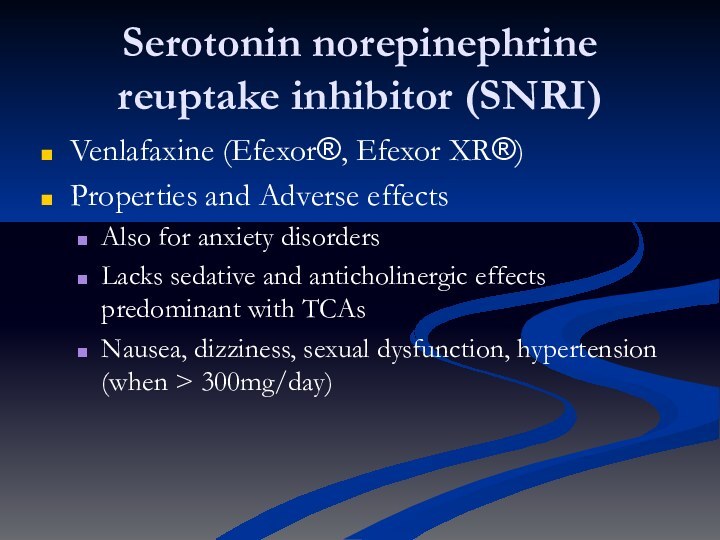

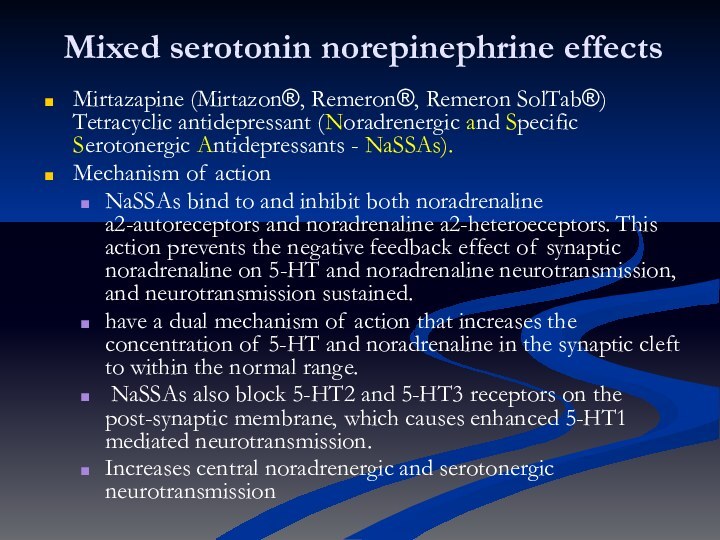

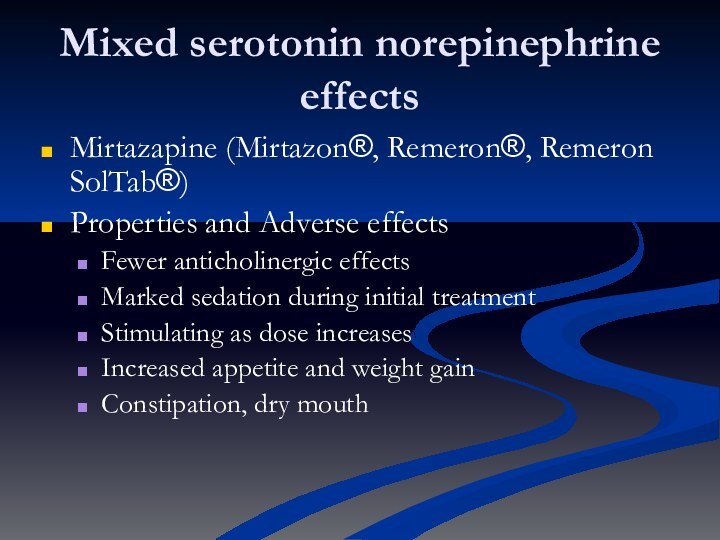
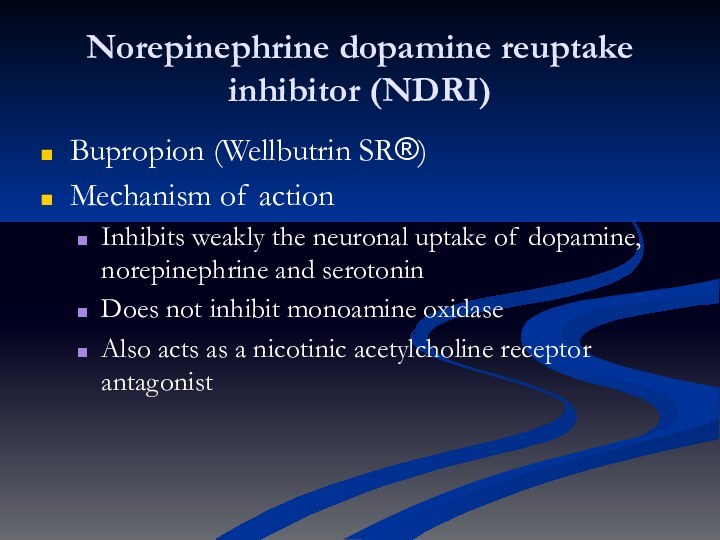
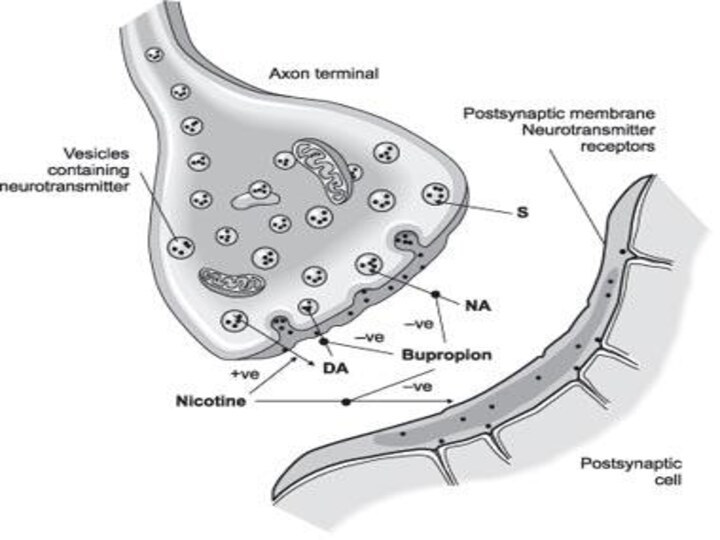

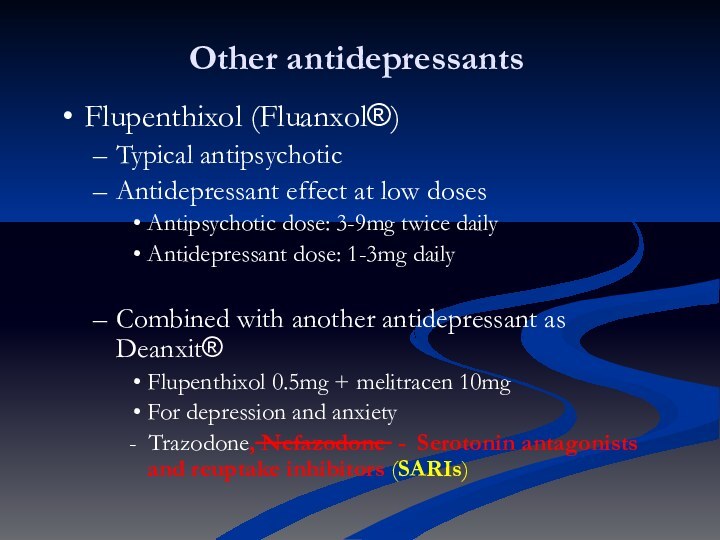
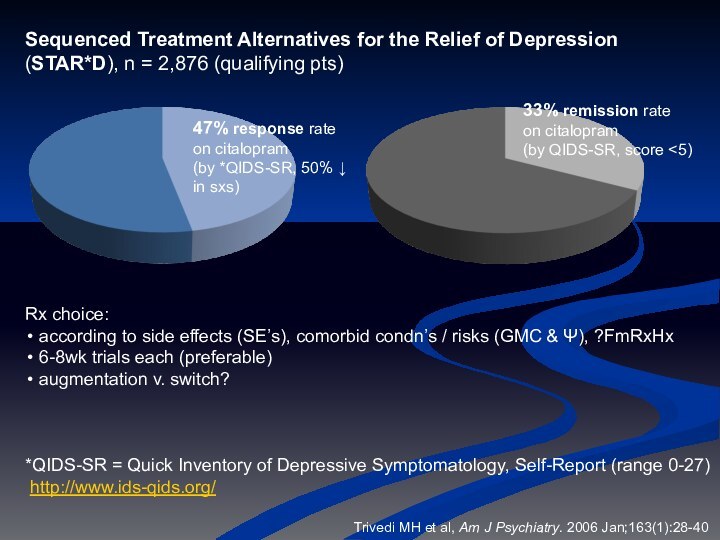
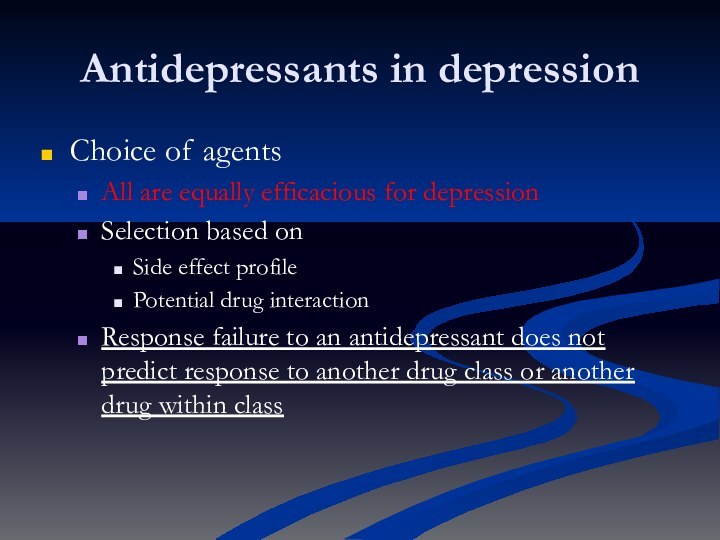
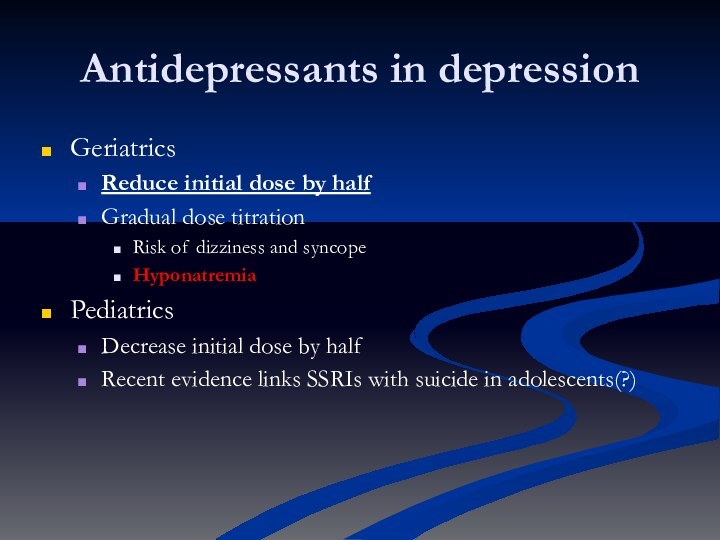

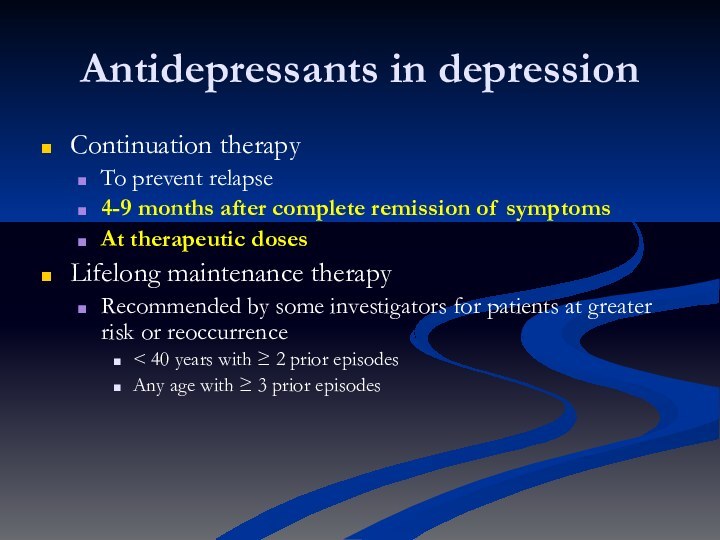

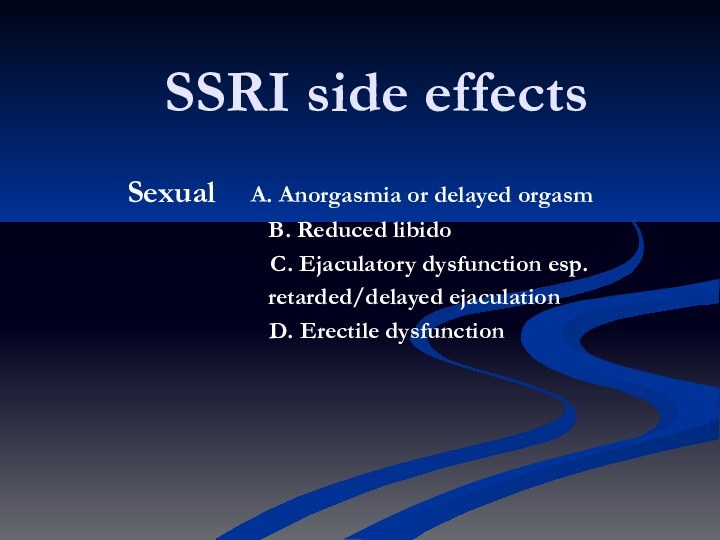
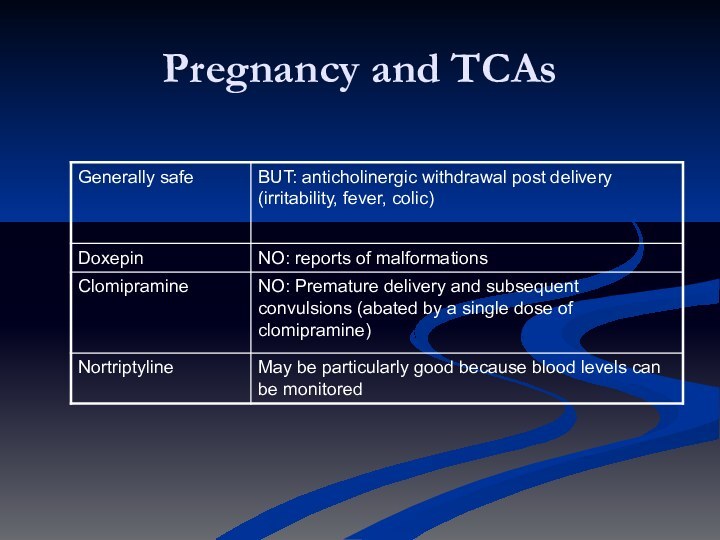
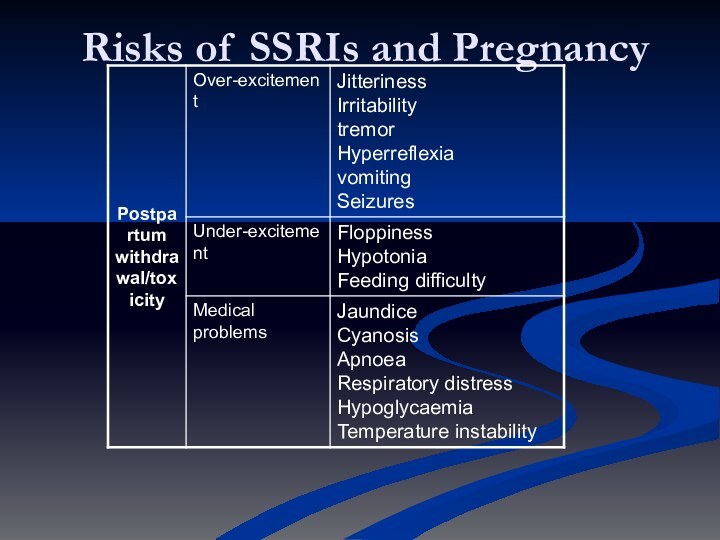
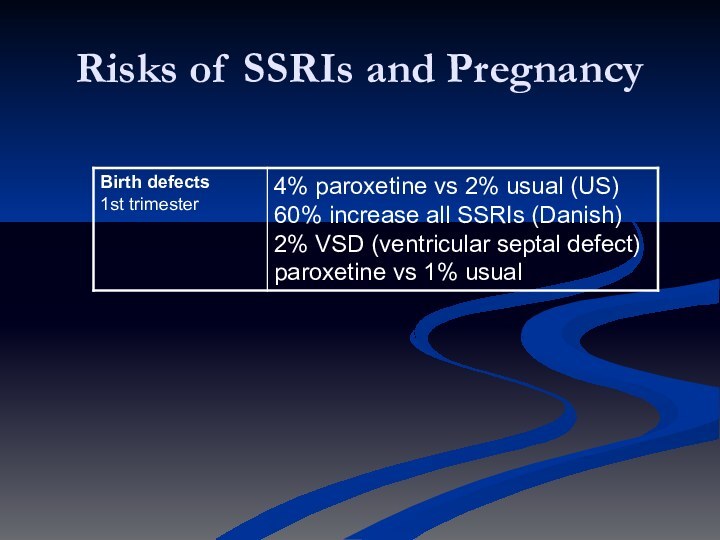
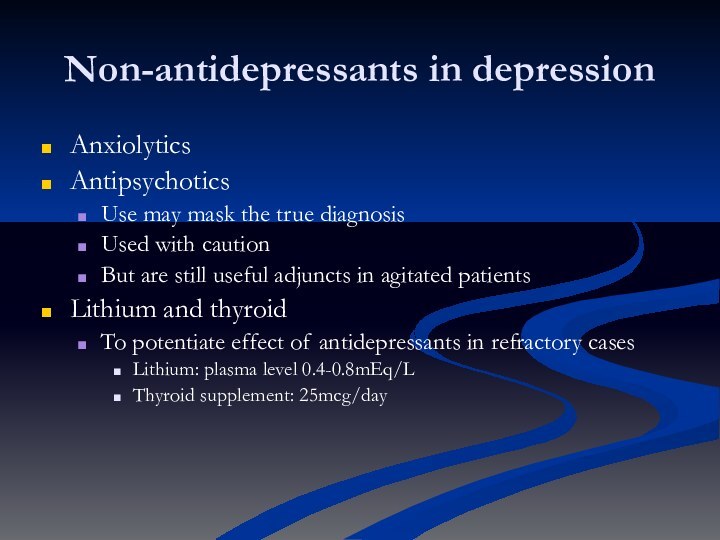

Слайд 3 Antidepressants are the second- most-prescribed-medication in the United
States
15 million Americans are affected by depression each year
7%
of all visits to the primary care doctors involve the doctor prescribing antidepressant medication$10 billion dollars a year are spent on antidepressants
Слайд 4 Antidepressant are use for the treatment of several
different forms of depression and other psychological disorders.
Psychological disorders that may accompany, precede, or cause depression:Bipolar Disorder, (OCD) obsessive compulsive disorder and (PTSD) Post Traumatic Stress Disorder
Слайд 5 Depression is not uniform. Everyone does not experience
the same the signs and symptoms. The severity, duration,
and triggers of one’s symptoms depend on the individual person and his or her illness.
Слайд 6
Antidepressants
Tricyclic and related antidepressants (TCA)
E.g. amitriptyline, imipramine, doxepin,
mianserin, trazodone
Monoamine-oxidase inhibitors (MAOI)
E.g. moclobemide, phenelzine, isocarboxazid, tranylcypromine
Selective serotonin
reuptake inhibitors (SSRI)E.g. fluoxetine, paroxetine, sertraline, citalopram
Other antidepressants
E.g. mirtazapine, venlafaxine, duloxetine, flupentixol
Слайд 7
Tricyclic and related antidepressants (TCA)
Amitriptyline (Saroten®)
Clomipramine (Anafranil®)
Doxepin (Sinequan®)
Imipramine
(Tofranil®)
Mianserin (Tolvon®)
Nortriptyline (Nortrilen®)
Trazodone (Trittico®)
Слайд 10
Tricyclic and related antidepressants (TCA)
Mechanism of action
Blocks neuronal
uptake both norepinephrine and serotonin
Initial response develops in 1-3
weeksMaximal response develops in 1-2 months
Older tricyclics
Marked anticholinergic Adverse effects
Risk of cardiotoxicity
Tricyclic-related drugs (e.g. trazodone)
Fewer anticholinergic adverse effects
Sedation, dizziness, priapism (persistent penile erection accompanied by pain and tenderness)
Слайд 11 Antidepressant treatment causes inhibition of serotonin and norepinephrine
reuptake or breakdown.
Short-term antidepressant treatment increase extracellular levels of
serotonin and norepinephrine.Long-term treatment leads to decrease in the function and expression of serotonin and
norepinephrine receptors, to increase in the cAMP signal transduction and to increase in
expression of CREB (cAMP response element binding).
Increased activity of the cAMP signal transduction cascade indicates that the functional
output of 5-HT and NE are up-regulated, even though levels of certain 5-HT and NE
receptors are down-regulated.
Expression of BDNF and its receptor trkB is also increased by long-term antidepressant
treatment, so increased neuronal survival, function, and remodelling of synaptic
architecture are provided.
Слайд 12
Down&Up-regulation’s
Normal synapse, no depression
Depression caused by neurotransmitter
deficiency
Слайд 13
Down&Up-regulation’s
As a result of the depletion of
neurotransmitters, the receptors increase ('upregulate')
Reuptake blocking antidepressant (TCA, SSRI
or SNRI) causes increase in neurotransmitters to normal stateСлайд 14 SSRI blocks the reuptake pump, causing more neurotransmitter
to be in the synapse.
Increase in neurotransmitter causes receptors
to down-regulate, eventually.Down&Up-regulation’s
Слайд 15
Tricyclic and related antidepressants (TCA)
Properties
Inexpensive, generic
Some with off-label
use, e.g.
Neuropathy with amitriptyline
Refractory skin diseases with doxepin
Very dangerous
in overdoseLife threatening
Lethal dose only 8 times average daily dose
Acutely depressed patients should not be given more than 1-week TCA supply at one time
Слайд 17
Tricyclic and related antidepressants (TCA)
Adverse effects
Orthostatic hypotension
Reduced by
moving slowly when assuming upright posture
Sit or lie down
if symptoms (dizziness, lightheadedness) occurDivided doses and slow titration
Anticholinergic effects
Dry mouth, blurred vision, photophobia, constipation, urinary retention, tachycardia
Tolerance may develop as treatment persists
Divided doses and slow titration
Sedation
Dose at bedtime
Слайд 18
Tricyclic and related antidepressants (TCA)
Adverse effects
Cardiac toxicity
Arrhythmias and
heart block
ECG recommended before initiation
Do not use in heart
block!!!Seizures
Lowered seizure threshold
Hypomania (mild mania)
Elevated mood
Patient should be evaluated to determine dose reduction or bipolar disorder
Diaphoresis
Paradoxical effect
Слайд 19
Tricyclic and related antidepressants (TCA)
Drug interactions
CNS depressants
Narcotics, benzodiazepines
Additive
CNS depression
Anticholinergics
Additive anticholinergic effects
P450 enzyme inducers/inhibitors
Слайд 20
Monoamine-oxidase inhibitors (MAOI)
Moclobemide (Aurorix®) (RIMAs - Reversible Inhibitors
of Monoamine Oxidase)
Phenelzine
Isocarboxazid
Tranylcypromine
Слайд 21
Monoamine-oxidase inhibitors (MAOI)
Mechanism of action
Inhibit both MAO-A
and MAO-B
Phenelzine, tranylcypromine
Selective & reversible inhibitor of MAO-A
Moclobemide
Слайд 22
Monoamine-oxidase inhibitors (MAOI)
Properties
Useful in atypical depression (somnolence and
weight gain), refractory disorders and certain types of anxiety
disordersLess prescribed than tricyclics, SSRIs and other antidepressants
Danger of dietary and drug interactions
Слайд 23
Monoamine-oxidase inhibitors (MAOI)
Properties
Drug interactions
Other antidepressants should not be
started for 2 weeks after MAOI has been stopped
(3 weeks for clomipramine or imipramine)MAOI should not be started for 7-14 days after a tricyclic or related antidepressant (3 weeks for clomipramine or imipramine)
MAOI should not be started for at least 2 weeks after a previous MAOI
Слайд 24
Monoamine-oxidase inhibitors (MAOI)
Adverse effects
Hypertensive crisis
Severe occipital headache, photophobia,
palpitation, sharply increased in BP due to additive effect
between MAOI and adrenergic stimulantsTyramine-rich food e.g. cheese, wine ( ), smoked/aged/picked meat or fish, alcohol
Amphetamins
Pseudoephedrine
Слайд 25
Monoamine-oxidase inhibitors (MAOI)
Adverse effects
Hypertensive crisis
Severe occipital headache, photophobia,
palpitation, sharply increased in BP due to additive effect
between MAOI and adrenergic stimulantsTyramine-rich food e.g. cheese, wine (Chianti ), smoked/aged/picked meat or fish, alcohol
Amphetamins
Pseudoephedrine
Слайд 26
Monoamine-oxidase inhibitors (MAOI)
Adverse effects
Orthostatic hypotension
Insomnia
Weight gain
Sexual dysfunction
Слайд 27
Selective serotonin reuptake inhibitors (SSRI)
Fluoxetine (Prozac®)
Fluvoxamine (Faverin®)
Paroxetine (Seroxat®)
Sertraline
(Zoloft®)
Citalopram (Cipram®)
Escitalopram (Lexapro®)
Слайд 28
Selective serotonin reuptake inhibitors (SSRI)
Mechanism of action
Inhibits reuptake
of serotonin (5-HT - hydroxytryptophan) presynaptic uptake
Increases availability of
serotonin at synapses
Слайд 31
Selective serotonin reuptake inhibitors (SSRI)
Properties
Overdose less likely to
be fatal
Less anticholinergic side effects
But more GI side effects
Seems
to be better tolerated
Слайд 32
Selective serotonin reuptake inhibitors (SSRI)
Properties
Fluoxetine
Most stimulating SSRI
Indicated for
Premenstrual Dysphoric Disorder (PMDD) (as Sarafem®)(?)
Long half-life, ensure 5
week washout before MAOI (2 week for other SSRI)Some SSRIs also indicated for
Obsessive-compulsive disorder (OCD)
Panic disorder
Eating disorders
Social phobia
Post traumatic stress disorder (PTSD)
Слайд 33
Selective serotonin reuptake inhibitors (SSRI)
Adverse effects
Headache
GI
Nausea, diarrhoea, loss
of appetite
Titrate dose to minimize side effect
May be taken
with foodAnticholinergic Adverse effects
Fever than TCA
Tend to see more with Paroxetine
Слайд 34
Selective serotonin reuptake inhibitors (SSRI)
Adverse effects
Somnolence or insomnia
Dose
in morning for insomnia
Increase in anxiety, agitation, akathisia early
in treatment (esp. fluoxetine)Agitation or nervousness
Sexual dysfunction
Слайд 35
Selective serotonin reuptake inhibitors (SSRI)
Adverse effects
Serotonergic syndrome
Aetiology -
SSRI or MAOI + something else
(usually with sl.
Different serotonin action)Rare but potentially fatal interaction between 2 or more drugs that enhance serotonin
Confusion, Anxiety, shivering, diaphoresis, tremor, hyperflexia, clonus, autonomic instability (BP, pulse) tachycardia, flushing
Fatal if malignant hyperthermia - ICU
Management
Mild: resolve in 24-48 hours after discontinuing offending agent
Severe: 5-HT antagonist, cyproheptidine, propranolol, methysergide, dantrolene (hyperthermia)
Слайд 37
Serotonin norepinephrine reuptake inhibitor (SNRI)
Duloxetine (Cymbalta®)
Venlafaxine (Efexor®, Efexor
XR®)
Mechanism of action
Inhibits norepinephrine and serotonin reuptake
Potentiates neurotransmitter activity
in the CNS
Слайд 39
Serotonin norepinephrine reuptake inhibitor (SNRI)
Venlafaxine (Efexor®, Efexor XR®)
Properties
and Adverse effects
Also for anxiety disorders
Lacks sedative and anticholinergic
effects predominant with TCAsNausea, dizziness, sexual dysfunction, hypertension (when > 300mg/day)
Слайд 40
Serotonin norepinephrine reuptake inhibitor (SNRI)
Duloxetine (Cymbalta®)
Properties and Adverse
effects
More potent than venlafaxine(?)
Also indicated for diabetic neuropathy
Insomnia, nausea,
headache
Слайд 41
Mixed serotonin norepinephrine effects
Mirtazapine (Mirtazon®, Remeron®, Remeron SolTab®)
Tetracyclic antidepressant (Noradrenergic and Specific Serotonergic Antidepressants - NaSSAs).
Mechanism
of actionNaSSAs bind to and inhibit both noradrenaline a2-autoreceptors and noradrenaline a2-heteroeceptors. This action prevents the negative feedback effect of synaptic noradrenaline on 5-HT and noradrenaline neurotransmission, and neurotransmission sustained.
have a dual mechanism of action that increases the concentration of 5-HT and noradrenaline in the synaptic cleft to within the normal range.
NaSSAs also block 5-HT2 and 5-HT3 receptors on the post-synaptic membrane, which causes enhanced 5-HT1 mediated neurotransmission.
Increases central noradrenergic and serotonergic neurotransmission
Слайд 43
Mixed serotonin norepinephrine effects
Mirtazapine (Mirtazon®, Remeron®, Remeron SolTab®)
Properties
and Adverse effects
Fewer anticholinergic effects
Marked sedation during initial treatment
Stimulating
as dose increasesIncreased appetite and weight gain
Constipation, dry mouth
Слайд 44
Norepinephrine dopamine reuptake inhibitor (NDRI)
Bupropion (Wellbutrin SR®)
Mechanism of
action
Inhibits weakly the neuronal uptake of dopamine, norepinephrine and
serotoninDoes not inhibit monoamine oxidase
Also acts as a nicotinic acetylcholine receptor antagonist
Слайд 46
Norepinephrine dopamine reuptake inhibitor (NDRI)
Bupropion (Wellbutrin SR®)
Properties and
side effects
GI side effects, confusion, dizziness, headache, insomnia, tremor
Seizure
risk at high dosesMinimal risk of sexual dysfunction
Also licensed for smoking cessation (Zyban®)
Слайд 47
Other antidepressants
Flupenthixol (Fluanxol®)
Typical antipsychotic
Antidepressant effect at low doses
Antipsychotic
dose: 3-9mg twice daily
Antidepressant dose: 1-3mg daily
Combined with
another antidepressant as Deanxit®Flupenthixol 0.5mg + melitracen 10mg
For depression and anxiety
- Trazodone, Nefazodone - Serotonin antagonists and reuptake inhibitors (SARIs)
Слайд 48 Trivedi MH et al, Am J Psychiatry.
2006 Jan;163(1):28-40
47% response rate
on citalopram
(by *QIDS-SR, 50% ↓
in
sxs)Sequenced Treatment Alternatives for the Relief of Depression
(STAR*D), n = 2,876 (qualifying pts)
33% remission rate
on citalopram
(by QIDS-SR, score <5)
Rx choice:
according to side effects (SE’s), comorbid condn’s / risks (GMC & Ψ), ?FmRxHx
6-8wk trials each (preferable)
augmentation v. switch?
*QIDS-SR = Quick Inventory of Depressive Symptomatology, Self-Report (range 0-27)
http://www.ids-qids.org/
Слайд 49
Antidepressants in depression
Choice of agents
All are equally efficacious
for depression
Selection based on
Side effect profile
Potential drug interaction
Response failure
to an antidepressant does not predict response to another drug class or another drug within class
Слайд 50
Antidepressants in depression
Geriatrics
Reduce initial dose by half
Gradual dose
titration
Risk of dizziness and syncope
Hyponatremia
Pediatrics
Decrease initial dose by half
Recent
evidence links SSRIs with suicide in adolescents(?)
Слайд 51
Antidepressants in depression
Treatment response
Weeks 1-2
Physical responses
Improvement in appetite
and sleep
Weeks 3-4
Energy and cognitive responses
Improvement in energy
Improvement in
guilt, concentrationWeeks 5-6
Emotional responses
Improvement in mood
Слайд 52
Antidepressants in depression
Continuation therapy
To prevent relapse
4-9 months after
complete remission of symptoms
At therapeutic doses
Lifelong maintenance therapy
Recommended by
some investigators for patients at greater risk or reoccurrence< 40 years with ≥ 2 prior episodes
Any age with ≥ 3 prior episodes
Слайд 53
Antidepressant Discontinuation
Neuro
Dizziness / confusion
agitation or anxiety,
tremor
sensory disturbances
paraesthesia
electric shock sensations),
sleep disturbances (including intense dreams),
Somatic
Nausea
sweating,
headache,
diarrhoea
Usually resolve within 2 weeks but lasts 2-3 months for some
Taper if previous hx.
Worst TCA, venlafaxine, paroxetine (incl. flu like illness)
Слайд 54
SSRI side effects
Sexual A. Anorgasmia or delayed orgasm
B. Reduced libido
C. Ejaculatory dysfunction esp. retarded/delayed ejaculation
D. Erectile dysfunction
Слайд 58
Non-antidepressants in depression
Anxiolytics
Antipsychotics
Use may mask the true diagnosis
Used
with caution
But are still useful adjuncts in agitated patients
Lithium
and thyroidTo potentiate effect of antidepressants in refractory cases
Lithium: plasma level 0.4-0.8mEq/L
Thyroid supplement: 25mcg/day

